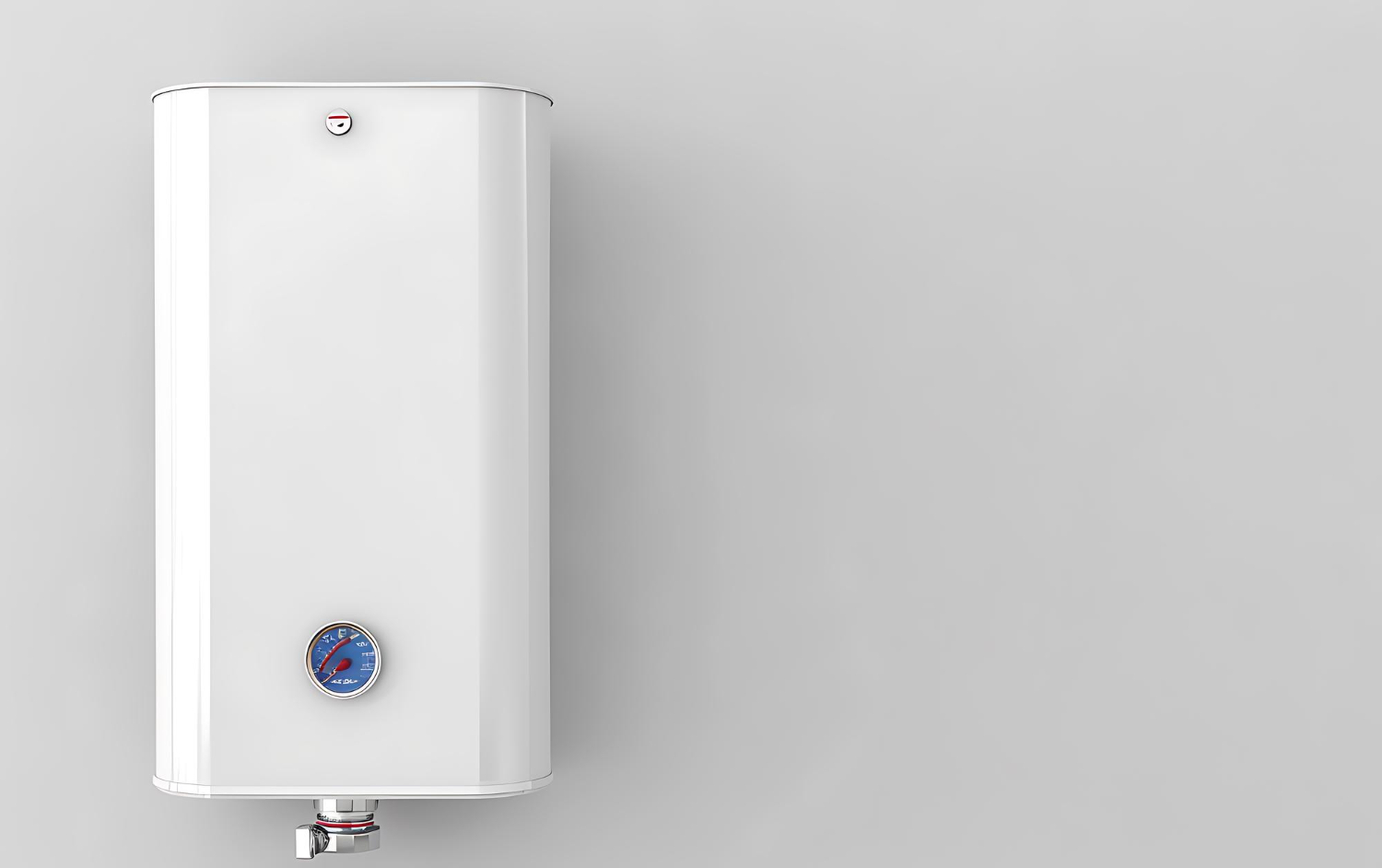For homeowners in Lacey, maintaining a water heater is crucial to ensuring home comfort and efficiency. As an essential appliance, your water heater provides hot water for everyday tasks like showering, washing dishes, and laundry. Over time, neglecting regular maintenance can lead to decreased performance and potential breakdowns. This highlights the importance of preventive care to keep your water heater in top condition, saving you both time and money.
Routine maintenance not only extends the life of your water heater, but it also ensures optimal performance. Implementing simple maintenance practices can help you avoid costly repairs. It’s worthwhile to understand these preventive measures and how they can provide long-term benefits for your household.
Regular Inspections and Maintenance
Regular inspections are key to identifying and addressing potential issues with your water heater before they escalate into major problems. Scheduling these evaluations can help you detect minor concerns that could impact efficiency.
1. Why Schedule Inspections?
– Identify minor issues early
– Avoid unexpected breakdowns
– Ensure optimal performance
2. Signs Your Water Heater Needs Maintenance
– Inconsistent water temperatures
– Strange noises or odors
– Reduced hot water supply
– Water discoloration
3. Benefits of Timely Maintenance
– Prolong appliance lifespan
– Maintain energy efficiency
– Prevent costly repairs
By setting up routine inspections, you ensure that any problems are promptly managed, keeping your water heater running smoothly. This proactive approach not only enhances the performance of your appliance but also assures consistent access to hot water, which is especially important in a residential setting. Whether it’s addressing common warning signs or simply ensuring everything is working as it should, regular maintenance is a wise investment for homeowners in Lacey.
Flushing the Water Heater
Keeping the inside of your water heater clean is essential to extending its life. Over time, sediment can build up inside the tank, which may reduce the heater’s efficiency and lead to mechanical issues. Flushing your water heater removes this buildup, helping it run smoothly.
1. Step-by-Step Process of Flushing:
– Turn off the heater’s power or gas.
– Connect a hose to the drain valve.
– Direct water from the tank to a drain.
– Open the valve to let water flow out until it runs clear.
– Close the valve, disconnect the hose, and refill the tank.
2. How Often to Flush:
– Annually or semi-annually, depending on water hardness.
3. Benefits of Flushing:
– Improved heating efficiency.
– Reduced noise from the water heater.
– Longer lifespan for your appliance.
Regular flushing ensures the water heater operates efficiently, keeping your home supplied with hot water.
Checking the Anode Rod
The anode rod is a vital component in your water heater that helps to prevent rusting inside the tank. This rod attracts corrosive elements in the water, drawing them away from the tank walls. Over time, the anode rod can corrode, which reduces its effectiveness, making it necessary to check and replace it periodically.
To inspect the anode rod, begin by turning off the power and water supply. Remove the hex head that secures the rod on top of the heater. If the rod looks corroded or is less than half an inch thick, it’s time for a replacement. Regular checks like this one can save homeowners from potential leaks and extend the life of the heater.
Adjusting the Temperature Setting
Adjusting the temperature setting on your water heater can improve its efficiency and maintain safety standards. Most manufacturers recommend setting temperatures around 120°F. This setting ensures you have enough hot water for your needs while also conserving energy and preventing scalding.
Changing the temperature is simple. Locate the thermostat, usually positioned on the side of the heater, and use a screwdriver to adjust it. Keeping the temperature at this level not only conserves energy but also reduces the risks of overheating and increases the heater’s lifespan.
Insulating Your Water Heater
Insulating your water heater and its pipes adds a layer of protection that increases efficiency and saves you money. This insulation helps to maintain the temperature of the water within the tank, minimizing energy usage.
To insulate, wrap a blanket specifically designed for water heaters around the tank and cover the pipes with foam pipe insulation. This preventative measure keeps the water hotter for longer and reduces the strain on your heater, ultimately lowering your energy bill.
Ready to Extend Your Water Heater’s Life and Performance?
Maintaining your water heater is an investment in the comfort and efficiency of your home. By incorporating regular inspections, flushing the tank, checking the anode rod, adjusting the temperature, and adding insulation, you keep your water heater in optimal condition. Each of these simple tasks helps ensure a longer lifespan for your appliance, reduces the likelihood of costly repairs, and improves overall performance. As a homeowner in Lacey, these proactive steps align with city-specific needs, allowing you to enjoy consistent hot water supply all year round.
If you want to keep your water heater running smoothly and avoid unexpected repairs, take a look at our advice on water heater maintenance in Lacey for practical insights that can extend your appliance’s life. At Olympic Plumbing Technology LLC, we understand how disruptive a failing water heater can be, and our detailed steps can help you stay ahead of issues. For a quick estimate or to book a service visit, please contact us today.

